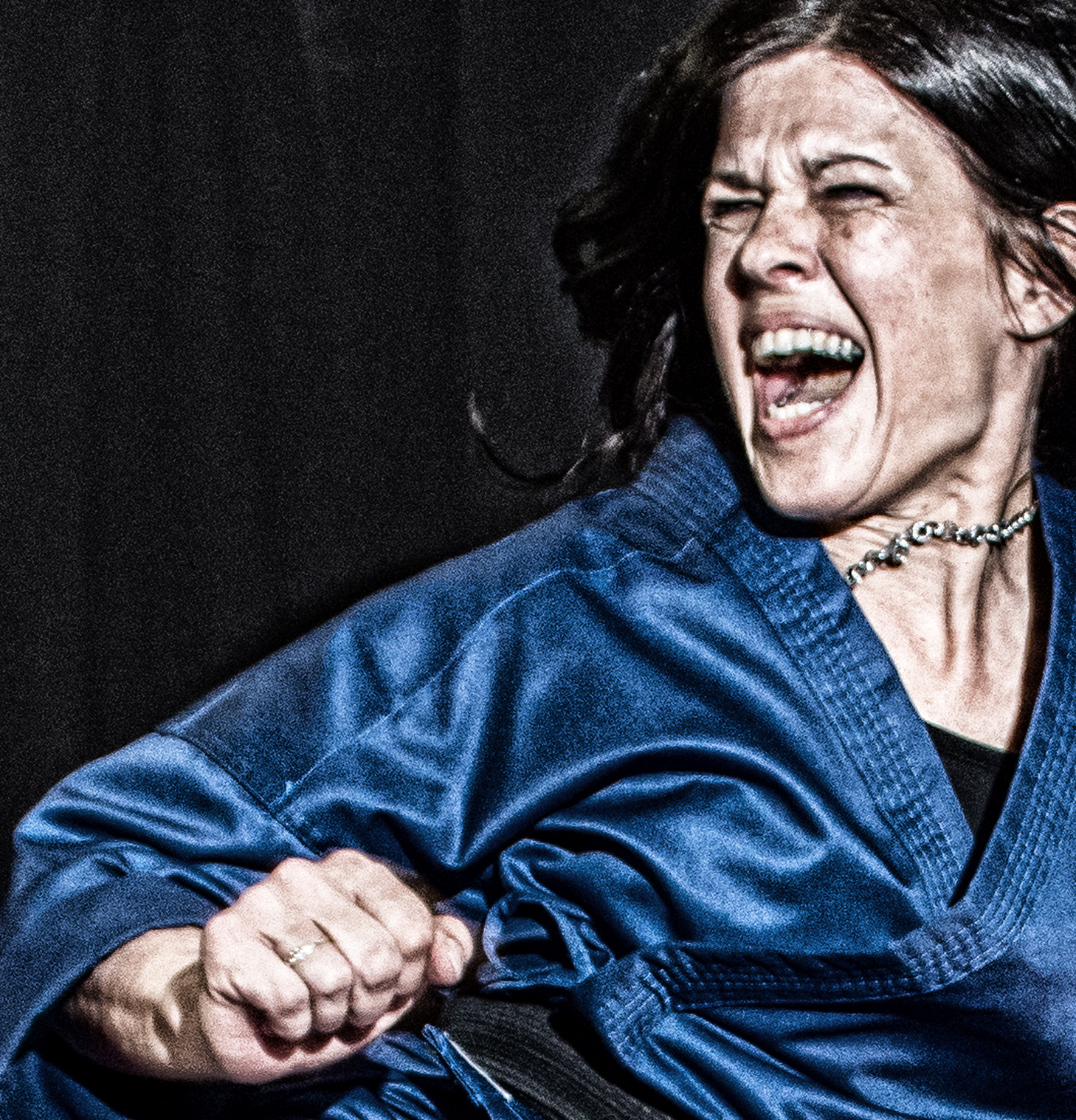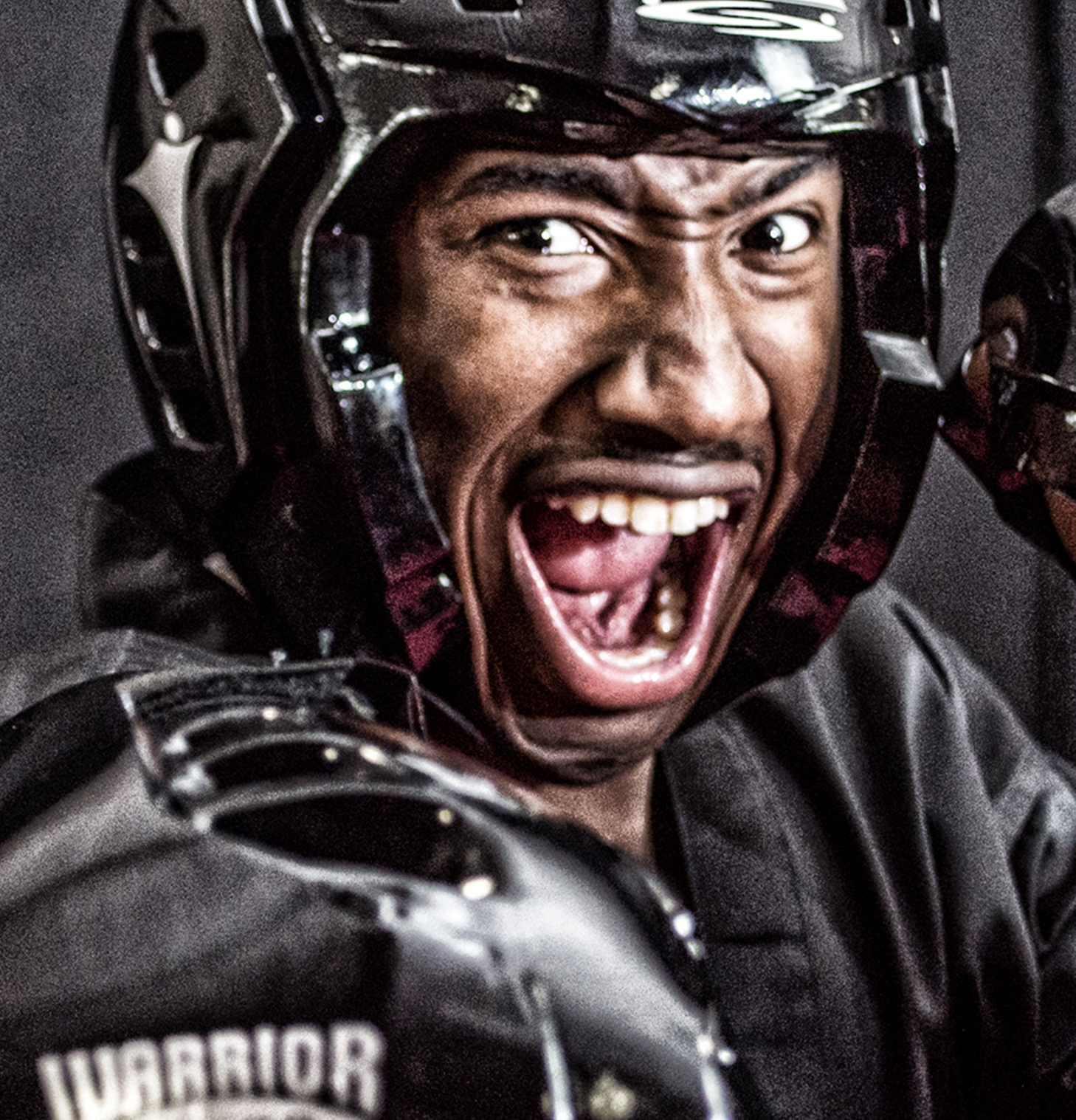Martial arts is more than just a type of physical exercise. It is a practice that involves ones’ emotions and self-discipline while testing your physical strength, endurance, and control. The practice is just as much a mental game as it is a physical one, and this is best shown in the sounds that are used in martial arts.

The noise is made by the practitioner releasing their breath in a controlled way that comes from their core instead of their throat, but what may not be as noticeable is the physical purpose these sounds serve. In addition to the psychological uses mentioned above, these types of sounds:
- Contract the diaphragm and chest, which allow athletes to take hits better
- Put extra “energy” behind each strike when the athlete exhales

What this demonstrates is that our breath is a powerful force when used purposefully. Although focusing on it is mostly associated with yoga, other sports such as volleyball, basketball, boxing, and tennis all teach athletes to use their breath to control their movements, increase stamina, and to put extra strength behind their actions.
For example, tennis players can be heard vocally when they serve, and boxers when they hit, as they are taught that their striking and serving power is increased when tensing and breathing out simultaneously. Similarly, without maintaining control over their breath, a martial artist’s endurance and durability can be reduced and their strikes not as powerful.
The kiai is simply a word used to describe the harnessing of this energy and the martial artist’s release of it in their punches, kicks, and strikes. “Ki” stands for energy and “ai” means to join, so you are bringing together all of your energy, releasing it verbally, and delivering it in your strikes.
Want to learn how to properly perform a kiai? Check out this video by Jesse Enkamp that describes it in more detail: How to “KIAI”.
